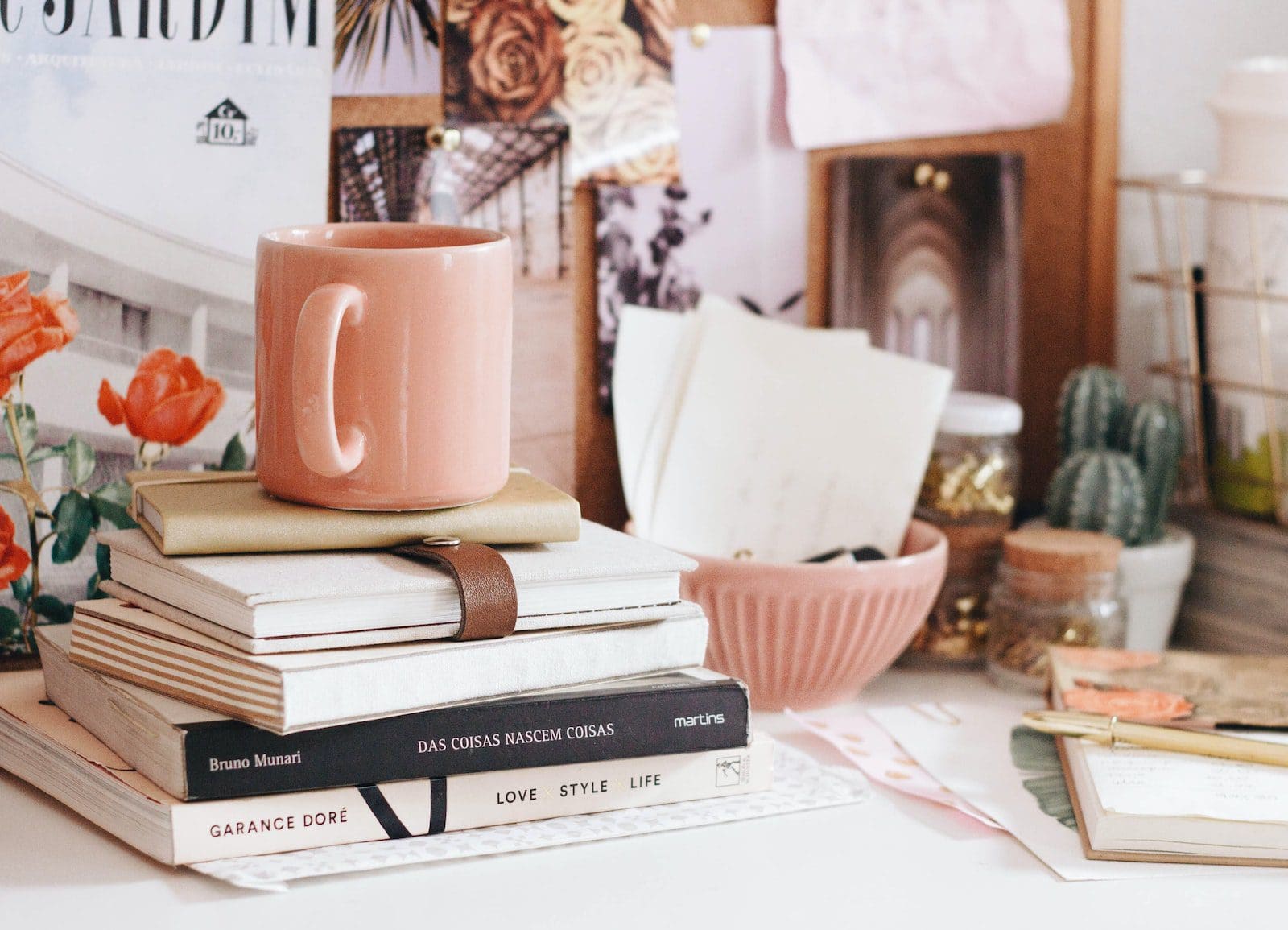Brand identity refers to the visual, auditory, and conceptual elements that distinguish a brand from its competitors, encompassing its logo, color palette, typography, and tone of voice. On the other hand, corporate identity extends beyond the visual aspects to include the company’s mission, values, culture, and how it is perceived by internal and external stakeholders, shaping its overall reputation and public image.
Key Takeaways
- The brand identity encompasses the visual elements, messaging, and overall perception of a specific product, service, or company; corporate identity represents an organization’s overall image, values, and culture.
- The brand identity focuses on differentiating a brand from competitors and building a unique image; corporate identity aims to create a consistent and cohesive image across all company-related materials and communications.
- Both brand and corporate identity are essential for building a strong, recognizable presence in the market and fostering trust with consumers and stakeholders.
Brand Identity vs Corporate Identity
Brand identity refers to the visual and verbal elements that distinguish a company or product from its competitors and can help build customer loyalty. Corporate identity refers to the overall image and perception of a company, including its mission, values, culture, and communication style.

A brand identity gives the product the personality and the face value to establish a long-lasting imprint on customers’ minds, which enables them to buy that particular product.
The most crucial reason brand identity is essential to a company is that a company gets recognition among its customers. The logo plays a vital role in implementing that identity for the company.
Corporate identity undertakes corporate identity exercises such as emphasising logos, collaterals, and outlet design to change consumers’ perceptions about the quality and the services.
On the other hand, brand identity is the proposal that the company makes to the consumers regarding the benefits, quality, service, features, etc. This can be seen through the example mentioned follows:
Comparison Table
| Feature | Brand Identity | Corporate Identity |
|---|---|---|
| Focus | External perception by the public and customers | Internal characteristics and values of the company |
| Purpose | To create a unique and desirable image for the brand | To establish a consistent and unified image for the entire company |
| Target audience | Customers, consumers, and the general public | Employees, investors, and other stakeholders |
| Key elements | Logo, colors, fonts, tagline, messaging, personality | Mission statement, core values, company culture, visual identity |
| Examples | Coca-Cola’s red and white colors, Nike’s swoosh logo | Google’s “Do the right thing” motto, Patagonia’s environmental focus |
| Impact | Drives brand recognition, loyalty, and purchasing decisions | Influences employee morale, brand reputation, and overall company culture |
| Relationship | Part of, but distinct from, corporate identity | Encompasses brand identity and other internal aspects |
What is Brand Identity?
Introduction to Brand Identity
Brand identity is the essence of a brand, encompassing its visual, verbal, and emotional elements that distinguish it from competitors. It’s not merely about a logo or a catchy slogan; rather, it’s a holistic representation of what a brand stands for and how it wishes to be perceived by its audience. Understanding the components and significance of brand identity is crucial for businesses striving to establish a strong and memorable presence in the market.
Components of Brand Identity
1. Visual Identity
The visual identity of a brand comprises its tangible elements, such as logo, color palette, typography, and imagery. These visual elements are meticulously crafted to evoke specific emotions and associations in the minds of consumers. A well-designed logo, for instance, serves as the cornerstone of a brand’s visual identity, instantly recognizable and capable of communicating the brand’s values and personality at a glance.
2. Verbal Identity
Verbal identity refers to the language and tone used by a brand across various communication channels, including advertising, marketing materials, website content, and social media posts. Consistency in messaging is key to building a cohesive brand identity, as it helps reinforce the brand’s personality and values while fostering a deeper connection with the target audience. A clear and consistent tone of voice not only enhances brand recognition but also cultivates trust and loyalty among consumers.
3. Brand Personality
Brand personality reflects the human characteristics and traits attributed to a brand, shaping how consumers perceive and relate to it. Whether a brand is perceived as friendly, sophisticated, adventurous, or authoritative depends on the personality traits it embodies through its messaging, imagery, and overall brand experience. Establishing a distinct brand personality enables consumers to form emotional connections with the brand, driving affinity and loyalty over time.
Significance of Brand Identity
1. Differentiation
In today’s crowded marketplace, differentiation is essential for standing out amidst competitors and capturing the attention of consumers. A well-defined brand identity sets a brand apart by creating a unique and memorable identity that resonates with its target audience. By effectively communicating its values, personality, and promise, a brand can carve out its niche and establish a loyal customer base.
2. Consistency
Consistency is paramount in building brand trust and recognition. A cohesive brand identity ensures that every interaction with the brand – whether through advertising, packaging, customer service, or digital channels – reinforces the same message and experience. Consistency fosters familiarity and reliability, strengthening the brand’s presence in the minds of consumers and enhancing its credibility in the marketplace.
3. Emotional Connection
Beyond products or services, brands that evoke emotional connections with consumers can foster deeper relationships and loyalty. A well-crafted brand identity resonates on an emotional level, eliciting positive feelings and associations that transcend functional benefits. By aligning its identity with the values, aspirations, and lifestyles of its target audience, a brand can create meaningful connections that endure beyond transactional relationships.

What is Corporate Identity?
Introduction to Corporate Identity
Corporate identity encompasses the distinctive visual, verbal, and cultural elements that define a company’s personality and shape its public image. Unlike brand identity, which focuses on individual products or services, corporate identity extends across the entire organization, reflecting its values, mission, and ethos. Understanding the components and significance of corporate identity is essential for businesses seeking to establish a cohesive and authentic identity that resonates with stakeholders.
Components of Corporate Identity
1. Visual Identity
Visual identity plays a central role in corporate identity, encompassing elements such as logos, typography, color schemes, and design aesthetics. These visual components serve as the outward expression of a company’s brand and help to create a recognizable and consistent visual presence across various touchpoints. A well-defined visual identity not only fosters brand recognition but also conveys the company’s values, professionalism, and identity to external audiences.
2. Organizational Culture
Organizational culture refers to the shared values, beliefs, and behaviors that define the working environment and employee experience within a company. A strong corporate identity is rooted in a positive and cohesive organizational culture that promotes teamwork, innovation, integrity, and employee engagement. Cultivating a supportive and inclusive culture not only enhances employee morale and productivity but also contributes to the company’s reputation and external perception.
3. Communication Strategy
Effective communication is integral to corporate identity, encompassing both internal and external messaging and channels. A well-defined communication strategy ensures that key stakeholders, including employees, customers, investors, and the public, receive consistent and accurate information about the company’s values, products, initiatives, and performance. By aligning messaging with the company’s brand identity and values, organizations can build trust, credibility, and goodwill among stakeholders.
Significance of Corporate Identity
1. Brand Reputation
Corporate identity plays a crucial role in shaping a company’s reputation and public perception. A strong and cohesive corporate identity communicates professionalism, reliability, and trustworthiness, which are essential for building positive brand associations and fostering long-term relationships with customers, investors, and other stakeholders. By consistently delivering on its brand promise and values, a company can enhance its reputation and differentiate itself in the marketplace.
2. Employee Engagement
A well-defined corporate identity fosters a sense of belonging and pride among employees, contributing to higher levels of engagement, motivation, and loyalty. When employees understand and embody the company’s values and mission, they become brand ambassadors who positively influence customer experiences and perceptions. Investing in employee development, recognition, and communication initiatives strengthens the organizational culture and reinforces the corporate identity from within.
3. Stakeholder Trust and Loyalty
Corporate identity builds trust and loyalty among stakeholders by demonstrating transparency, integrity, and accountability in all interactions. Companies that consistently uphold their brand values and commitments, whether in product quality, customer service, or social responsibility, earn the respect and loyalty of customers, investors, and the broader community. By prioritizing ethical business practices and responsible corporate citizenship, organizations can build enduring relationships built on mutual trust and shared values.

Main Differences Between Brand Identity and Corporate Identity
- Scope:
- Brand identity primarily focuses on individual products or services offered by a company, creating a distinct image and personality for each offering.
- Corporate identity extends beyond specific products or services to encompass the overall reputation, values, and culture of the entire organization.
- Audience:
- Brand identity targets external audiences, including consumers, clients, and competitors, shaping their perceptions and preferences for specific products or services.
- Corporate identity addresses both internal and external stakeholders, including employees, investors, partners, and the broader community, influencing their perceptions of the company as a whole.
- Components:
- Brand identity consists of visual elements such as logos, colors, typography, as well as verbal elements like tone of voice and messaging, all designed to differentiate products or services in the marketplace.
- Corporate identity encompasses a broader range of components, including visual identity elements, organizational culture, communication strategies, and ethical standards, aimed at shaping the overall identity and reputation of the company.
- Purpose:
- The purpose of brand identity is to create a recognizable and memorable image for individual products or services, driving consumer preference, loyalty, and differentiation in the market.
- Corporate identity serves to establish and reinforce the company’s overall reputation, values, and culture, fostering trust, loyalty, and stakeholder engagement across all aspects of its operations.
- Longevity and Flexibility:
- Brand identity may evolve or change more frequently in response to market trends, consumer preferences, or product innovations, allowing for greater flexibility and adaptation to specific market segments.
- Corporate identity tends to be more enduring and stable, representing the long-term values, mission, and ethos of the organization, providing a consistent framework for decision-making and behavior across diverse stakeholders.

- https://repository.up.ac.za/bitstream/handle/2263/19915/Abratt_Corporate%282012%29.pdf?sequence=1
- https://www.ingentaconnect.com/content/mcb/007/2012/00000046/f0020007/art00011

This article serves as a comprehensive guide for professionals seeking to enhance their understanding and application of brand and corporate identities in marketing strategies.
This article is a game-changer for anyone looking to enhance their marketing strategy. It breaks down complex concepts into easily digestible information, making it a valuable resource.
Absolutely! The distinction between brand and corporate identity is very well-explained, offering a deeper understanding of their importance in marketing.
I found the comparison table to be particularly enlightening. It clearly outlines the differences in a practical and easy-to-understand format.
While the article provides a comprehensive overview, it would be beneficial to acknowledge the evolving nature of brand and corporate identities in today’s dynamic market environment.
I agree, Sophia. The evolving landscape of marketing requires continual adaptation of brand and corporate identities to remain relevant and effective.
Absolutely, Sophia. The adaptability of brand and corporate identities is a critical factor in maintaining market relevance and consumer connection.
Fascinating article that provides a clear and concise comparison between brand and corporate identities. Understanding the fundamental differences and similarities between the two is crucial for any marketing professional.
I completely agree. This article effectively establishes a comprehensive explanation of the different aspects of brand and corporate identity.
The comparison table is particularly helpful in delineating the key differences between brand and corporate identities. It provides a structured and easy-to-understand breakdown of the concepts.
I couldn’t agree more, Hughes. The comparison table provides a valuable visual aid in grasping the nuanced distinctions between brand and corporate identities.
This article is a valuable resource for anyone looking to refine their marketing strategies. The clear explanations and examples make it highly informative and practical.
The article effectively demystifies the complexities of brand and corporate identities, providing a clear understanding of their individual significance in the market.
An engaging and insightful read, shedding light on the nuances of brand and corporate identities. The examples provided effectively illustrate these concepts in action.
Absolutely, the real-world applications of brand and corporate identities are made much clearer through the illustrative examples in the article.
I have to respectfully disagree with the article’s focus on brand identity. While brand identity is important, corporate identity plays an equally significant role in shaping consumer perceptions.
I understand your perspective, Oscar. Both brand and corporate identity are crucial, and their mutual impact on consumer perceptions cannot be overlooked.
I agree with Arthur. It’s essential to recognize the interconnectedness of brand and corporate identity in influencing consumer trust and engagement.
As an industry professional, I find this article to be a well-crafted examination of brand and corporate identities, offering valuable insights for strategic marketing applications.